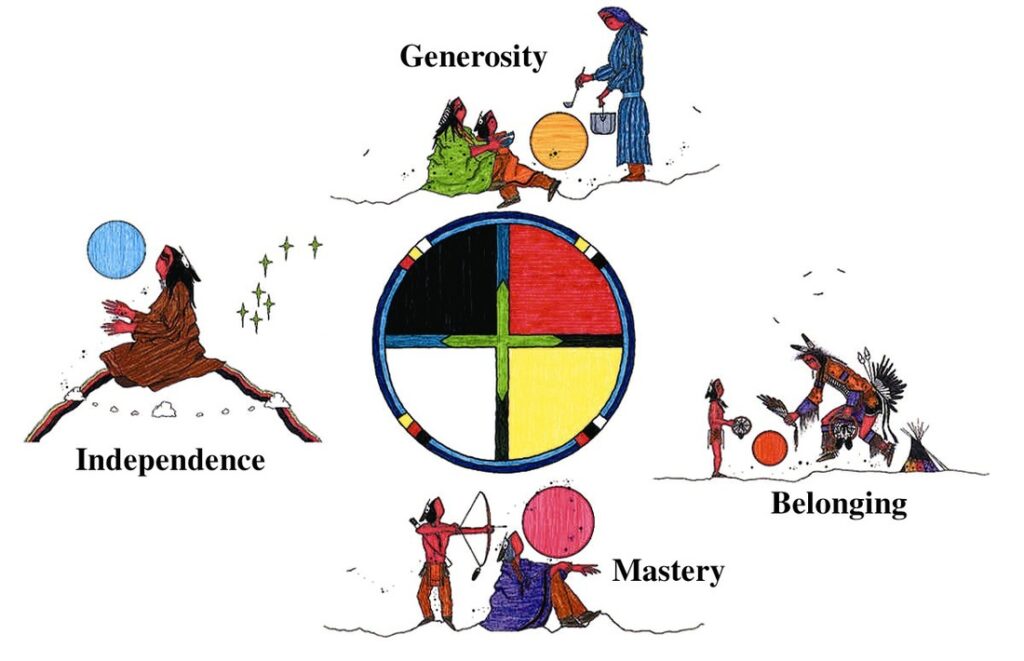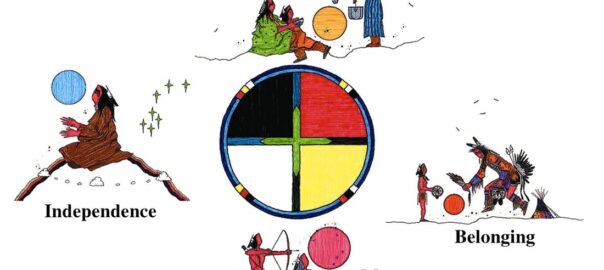Inclusion Statement
Inclusion is one of my top priorities in teaching. Building a classroom environment that showcases BIPOC perspectives, and cultures will allow my students to identify and connect with subject matter and have opportunities to showcase and celebrate diversity.
The western world view has shaped our education system, but with the new curriculum there is a lot more room for a more holistic approach to teaching. This includes Indigenous ways of knowing, especially connecting to local Indigenous culture. I have done so by highlighting traditional ecological knowledge, oral tradition and the important role they play across multiple subject areas. I choose to guide my teaching using Brokenleg’s Circle of Courage framework. An example of this in my unit planning is including group tasks that challenge students to take on specific roles and responsibilities. This puts my students in a position to practice working together, fostering belonging by overcoming challenges as a group, generosity by helping one another to achieve a common goal, mastery by giving students a chance to showcase their final project, sharing with peers and parents, and independence by giving students opportunities for inquiry and student-led research. Moreover, it is important to me to lead by example, which means taking my own initiatives beyond the classroom and being an active community member myself, which brings me to my next point.
A core memory I have is from my grade 12 graduation ceremony. One of my favourite teachers made an inspiring speech all about showing up. He said “half of life is about showing up”. Ever since hearing this, I have achieved a lot of my goals and learned a lot about life by showing up. Showing up for inclusivity in my community means attending cultural gatherings and showcases when appropriate so I can expose myself to unfamiliar practices and perspectives, and speaking out against injustices. MMIWG and Every Child Matters are some of the local causes I can support in my local community, and invite my students to learn and participate along with me.

On Equity
‘The trees act not as individuals, but somehow as a collective. Exactly how they do this,we don’t yet know. But what we see is the power of unity. What happens to one happens to us all. We can starve together or feast together.”
Kimmerer, R. (2013). Braiding sweetgrass : Indigenous wisdom, scientific knowledge and the teachings of plants. Milkweed Editions.
Kimmerer’s description of the interconnectedness of trees is reflected among people in communities. Despite our arbitrary categorization of people, places, and things we are all interconnected, and like the trees, what happens to one happens to us all. Kimmerer mentions the inexplicable ways trees try to help each other (inexplicable to humans). I think society needs to learn from the trees and find there is joy in helping others. I imagine the trees are showing us what equity looks like. Equity is feasting together through networks of community. Equitable access to education not only serves certain individuals, but also the health of the community.
I find the most important thing I can do in my teaching practice is build community in my classroom, and in the school. A quick way to bring people together is by overcoming challenges as a team. I will give my students ample opportunities to work together, which will hopefully inspire them to be the types of people who collaborate on challenging tasks throughout their lives.
